Bear Necessities
advertisement
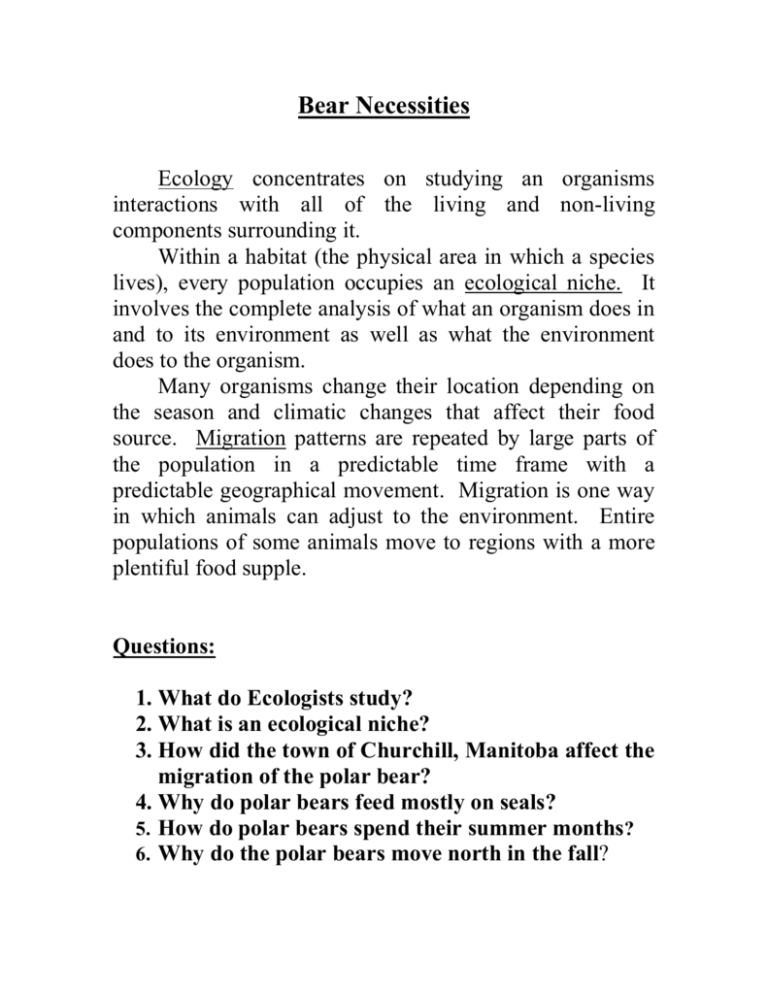
Bear Necessities Ecology concentrates on studying an organisms interactions with all of the living and non-living components surrounding it. Within a habitat (the physical area in which a species lives), every population occupies an ecological niche. It involves the complete analysis of what an organism does in and to its environment as well as what the environment does to the organism. Many organisms change their location depending on the season and climatic changes that affect their food source. Migration patterns are repeated by large parts of the population in a predictable time frame with a predictable geographical movement. Migration is one way in which animals can adjust to the environment. Entire populations of some animals move to regions with a more plentiful food supple. Questions: 1. What do Ecologists study? 2. What is an ecological niche? 3. How did the town of Churchill, Manitoba affect the migration of the polar bear? 4. Why do polar bears feed mostly on seals? 5. How do polar bears spend their summer months? 6. Why do the polar bears move north in the fall? Answers: 1. Ecologists study the relationship among living and nonliving things and their environment. 2. An ecological niche is the way of life or the role of an organism in an ecosystem. 3. The town of Churchill, Manitoba has a landfill site and is on the direct migration route of the polar bear. The bears come to the landfill site where the bears come in contact with humans. Hungry bears and angry humans are a bad mix— one or the other may get hurt. 4. Polar bears feed mostly on seals because the high energy seal meat builds layers of fat to protect the polar bears from the cold. 5. In summer, polar bears live in the forests. They spend most of their summer sleeping and lazing around living on the stored fat. 6. Polar bears move north in the fall because they have used up the energy they stored as fat the previous winter. They are hungry and are in search of food (seals).
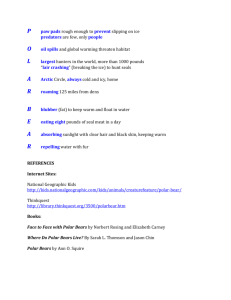


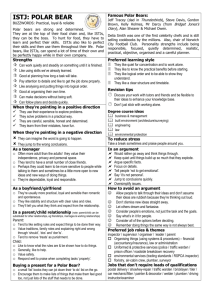
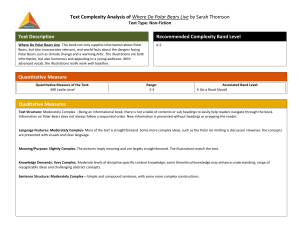

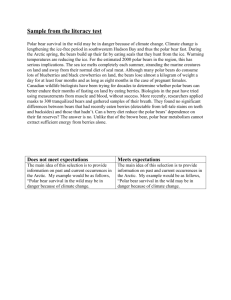

![Polar bear research paper format [10/15/2015]](http://s3.studylib.net/store/data/008012391_1-8535dea96ce914e0754c2454cc94d265-300x300.png)


